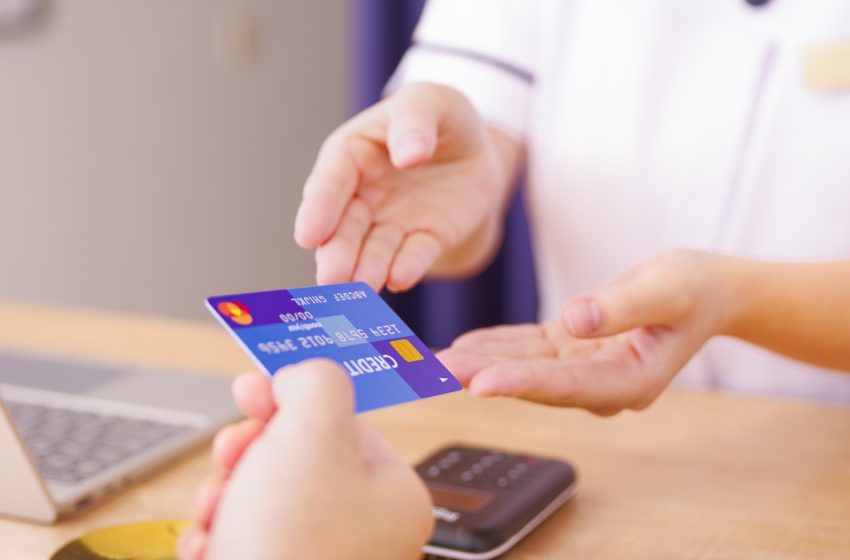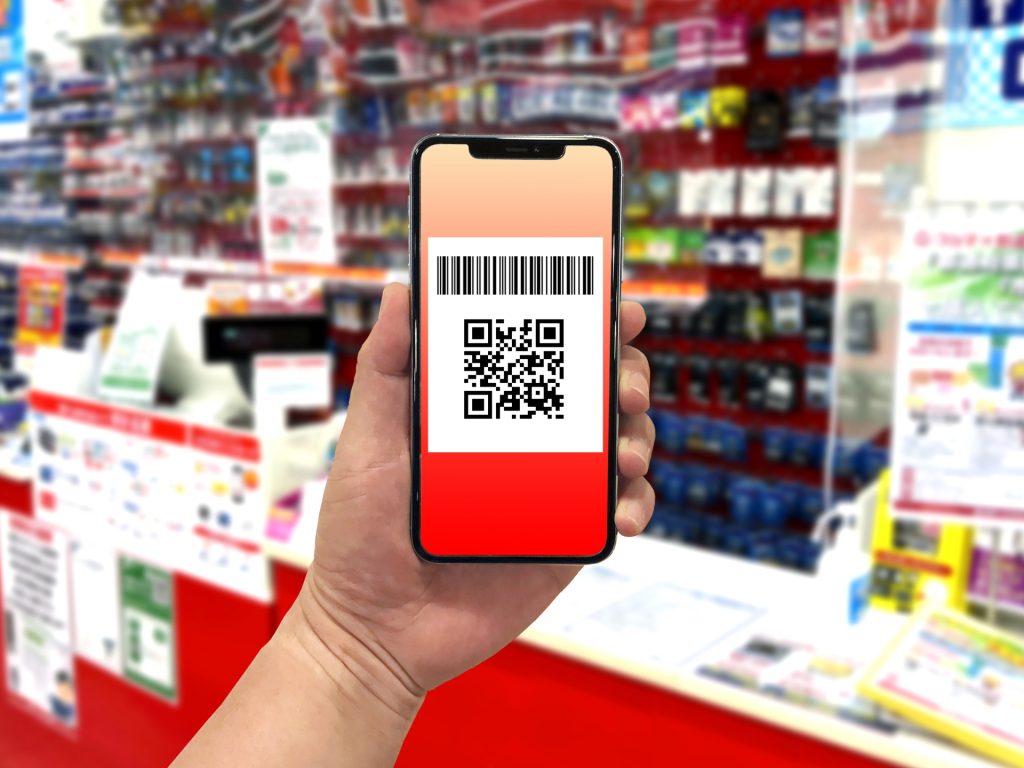
Navigating Cashless Payments in Japan: A Guide for Foreign Visitors
Hello, digital nomads and savvy travelers! As you embark on your journey through Japan, a land where tradition meets modernity, you’ll find that the country’s approach to transactions is as advanced as its technology. Despite Japan’s reputation for being a cash-centric society, cashless payments have surged in popularity, offering convenience and security for both locals and visitors alike. Let’s dive into the world of cashless payments in Japan and how you can make the most of these options during your stay.
The Rise of Cashless Payments in Japan
In recent years, Japan has made significant strides in embracing cashless payment methods. This shift is part of a broader government initiative to increase the prevalence of cashless transactions ahead of international events and to make everyday purchases more convenient. From major department stores and restaurants to taxis and vending machines, the options for cashless payments have expanded rapidly across the country.
Popular Cashless Payment Options
- Credit and Debit Cards: International credit and debit cards, including Visa, MasterCard, American Express, and JCB, are widely accepted in Japan, especially in urban areas and at major retailers. However, it’s always a good idea to have some cash on hand for smaller establishments or in rural areas where card payments might not be as common.
- E-Money and Prepaid Cards: E-money, such as Suica, Pasmo, and ICOCA, are prepaid rechargeable cards that can be used for public transportation and are increasingly accepted for retail transactions. These cards can be purchased and topped up at train stations, making them incredibly convenient for travelers.
- QR Code Payments: Mobile payment apps like PayPay, LINE Pay, and Rakuten Pay use QR codes to facilitate transactions. Users simply scan a code at the point of sale with their smartphone to complete their purchase. While these services are more commonly used by residents with local bank accounts, some services may be accessible to visitors with international credit cards.
- Smartphone Payment Systems: Apple Pay, Google Pay, and other NFC (Near Field Communication) payment technologies are also gaining traction in Japan. These systems allow you to link your credit or debit cards to your smartphone or smartwatch for easy tap-and-go payments.
Benefits of Going Cashless
- Convenience: Cashless payments reduce the need to carry large amounts of cash and to deal with coins for every transaction.
- Security: Digital transactions can be more secure, offering protection against loss or theft.
- Tracking Expenses: Cashless methods can help you keep a better track of your spending through digital records.
Tips for International Visitors
- Notify Your Bank: Before traveling, inform your bank of your travel plans to avoid any blocks on your cards.
- Exchange Rates and Fees: Be aware of foreign transaction fees and exchange rates applied to international card use.
- Wi-Fi Access: For mobile payments, ensure that your smartphone has internet access. Renting a pocket Wi-Fi or purchasing a local SIM card can keep you connected.
- Carry Some Cash: Despite the convenience of cashless options, some places in Japan still operate on a cash-only basis. It’s wise to have a small amount of cash for such instances.
Conclusion: Embracing Cashless in Japan
As Japan continues to blend the old with the new, the rise of cashless payment methods offers a glimpse into the country’s innovative spirit and commitment to convenience. By familiarizing yourself with these payment options, you can navigate your purchases more smoothly, letting you focus on enjoying the rich experiences that Japan has to offer.
Happy travels, and may your journey through Japan be as seamless as its cashless payment options!


